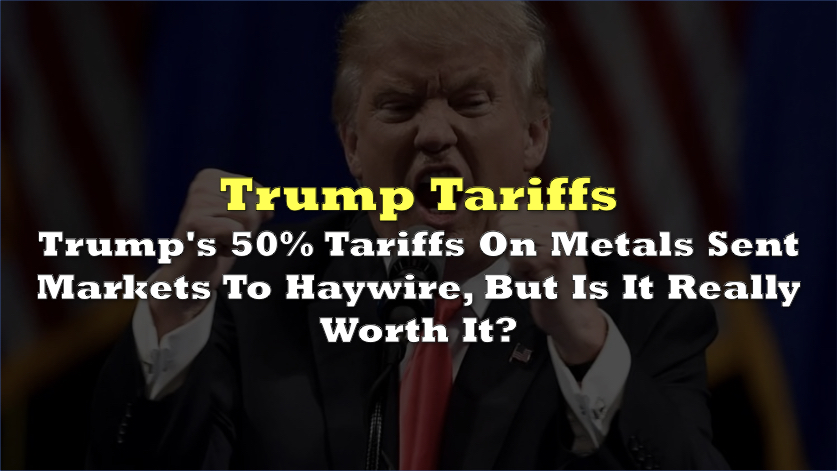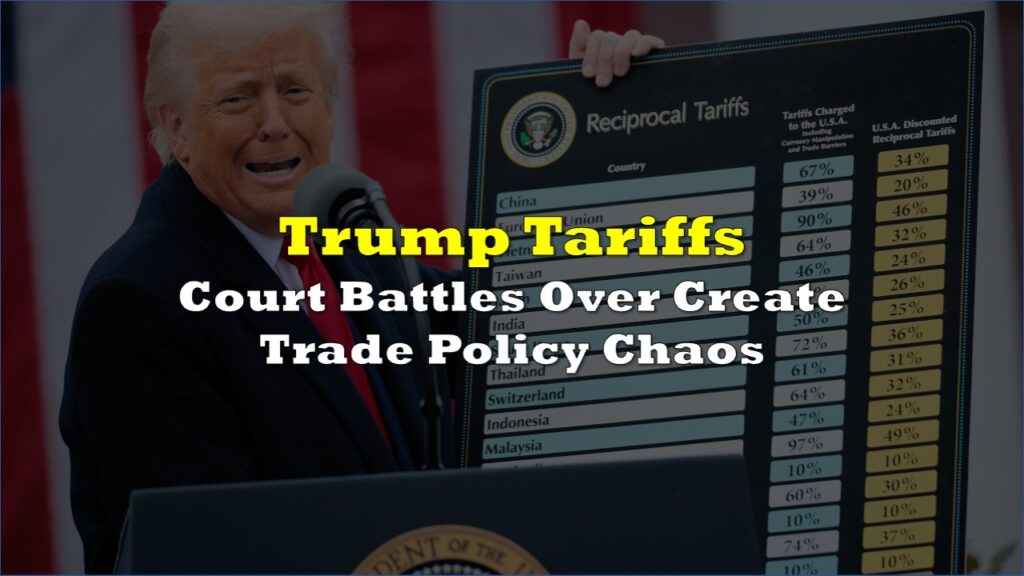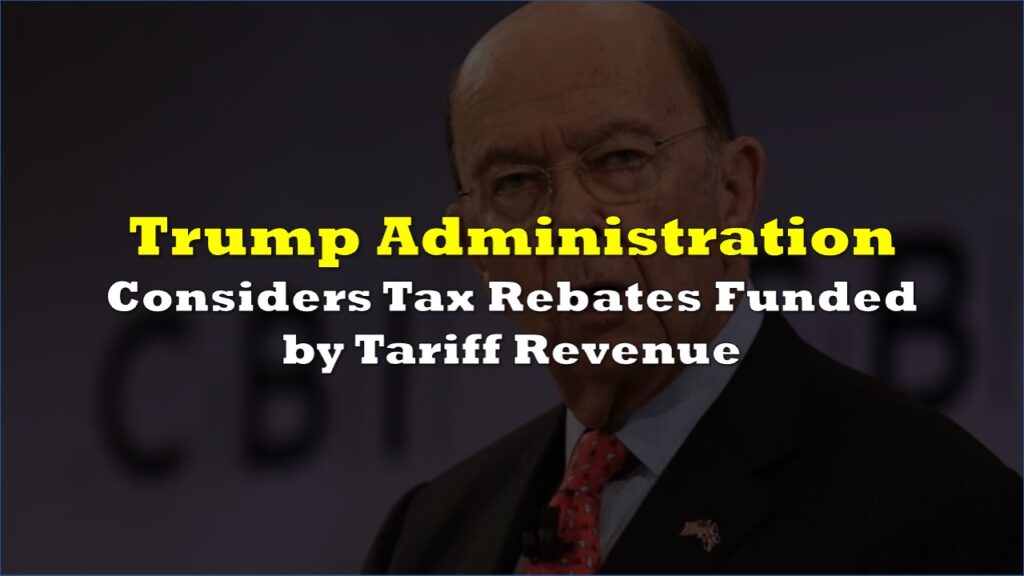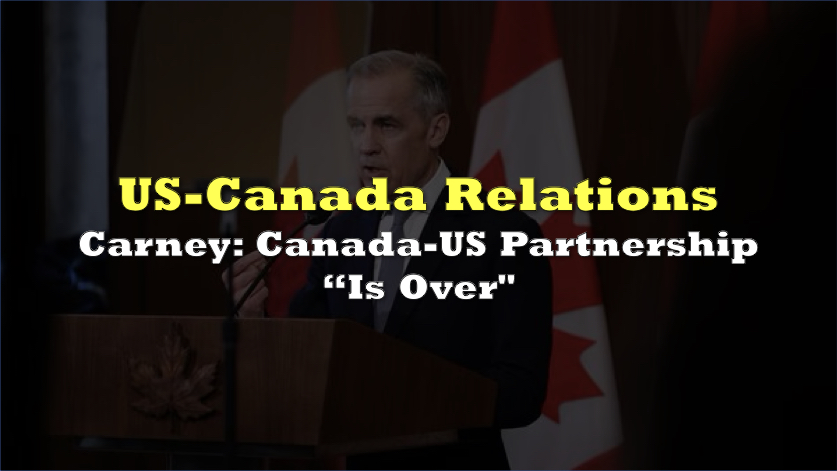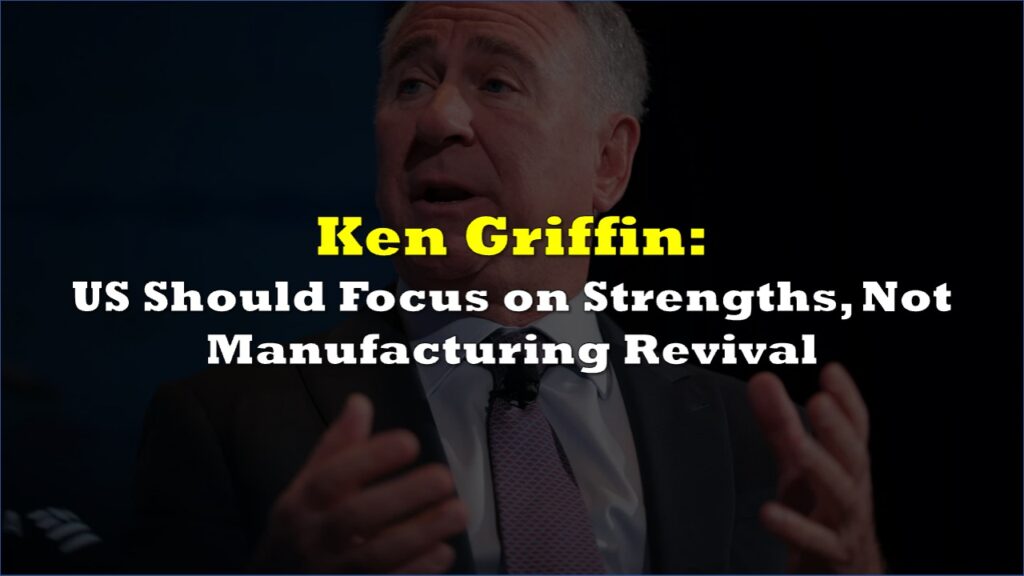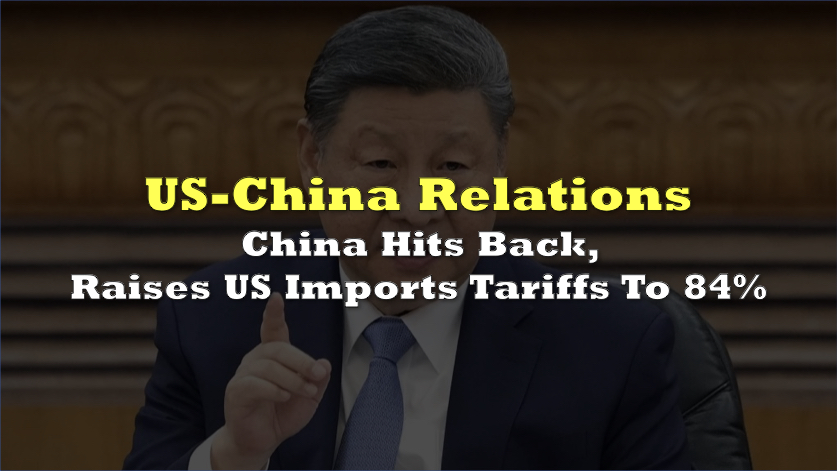President Donald Trump’s floated plan to levy a 50% tariff on steel and aluminum imports from Canada—even though briefly walked back—has exposed deep fault lines within global supply chains and stoked new anxieties over recession risks.
In a single day, Trump threatened to double tariffs on Canadian metals, then reverted to a 25% rate after Ontario’s government shelved its plan to impose a surcharge on electricity exports to the US.
“Canada accounts for 1/2 of US aluminum imports—and the US market only really clears with Canadian supply,” economist Brad Setser wrote on social media.
Canada accounts for 1/2 of US aluminum imports — and the US market only really clears with Canadian supply. Guarantees a lot of pain for US aluminum consumers …. https://t.co/CfVukgCW1v pic.twitter.com/n56hjroFLZ
— Brad Setser (@Brad_Setser) March 11, 2025
Echoing the view that US industry depends on stable metal imports, he added, “This guarantees a lot of pain for US aluminum consumers.”
Bloomberg Chief Economist Michael McDonough also pointed to data showing that last month “72% of all U.S. unwrought aluminum imports came from Canada,” highlighting the heavy reliance on northern sources.
Last month, 72% of all U.S. unwrought aluminum imports came from Canada: pic.twitter.com/SSZKEvin6f
— Michael McDonough (@M_McDonough) March 11, 2025
While Ontario put a pin on electricity surcharge on power sold to US markets, federal officials in Ottawa have signaled a willingness to “absolutely” consider tariffs on US ethanol or even impose restrictions on oil exports.
Canadian Energy Minister: Canada May Restrict Oil Exports If Trade War With US Escalates
— LiveSquawk (@LiveSquawk) March 11, 2025
• Ethanol ‘Absolutely’ on List of Potential Retaliatory Tariffs
The roller-coaster day underscored the broader upheaval in US economic policy under Trump’s second term. While the first administration experimented with tariffs on global trading partners, the new phase has seen starker threats—often reversed within hours—that keep both investors and corporate leaders off-balance.
For the US, the worry is that steeper metals tariffs on Canada, along with parallel measures against Mexico and China, could slow economic growth by constricting supplies, raising costs for manufacturers, and provoking retaliatory moves against US exports. Canada’s ability to redirect aluminum shipments elsewhere suggests that punishing tariffs could end up doing more harm to US buyers.
“Since a high tariff on Canada is likely to be temporary (and there are substitutes available globally), I doubt any US smelting capacity will open (or reopen) on the back of the tariff,” Setser added, calling the disruption to supply chains “pointless.”
In the midst of these gyrations, Trump has downplayed the notion of a tariff-fueled recession.
“I don’t see it at all. I think this country’s going to boom,” he remarked at the White House, dismissing a market selloff as the usual ebb and flow of stock trading.
Yet only days earlier, he conceded the possibility of a downturn on a Sunday talk show, feeding headlines about a potential recession risk.
But the talk of a possible “tariff-led recession” has seeped into wider economic debate. Markets recently hit a patch of volatility, dropping about 10% from their peaks. Persistent inflation and other pressures on household budgets—like pricier electricity, should cross-border surcharges resume—run abound.
The White House insists that any negative fallout will be more than offset by a surge in domestic production and job creation. Trump told executives that tariff hikes would convince businesses to relocate to the US.
“The biggest win is if they move into the country and produce,” he claimed.
Commerce Secretary Lutnick echoed these sentiments in an attempt to defuse fears, but the signals from the president remain volatile. One moment Trump warns of a “permanently shut down” automobile sector in Canada if tariffs go up; the next, he concedes that “we had some little hiccups, not big hiccups” in the trade arena.
This comes as a Canadian official, speaking anonymously to Reuters, confirmed that Canada will announce roughly $29.8 billion in retaliatory tariffs against the US.
Information for this briefing was found via Bloomberg and the sources mentioned. The author has no securities or affiliations related to this organization. Not a recommendation to buy or sell. Always do additional research and consult a professional before purchasing a security. The author holds no licenses.

